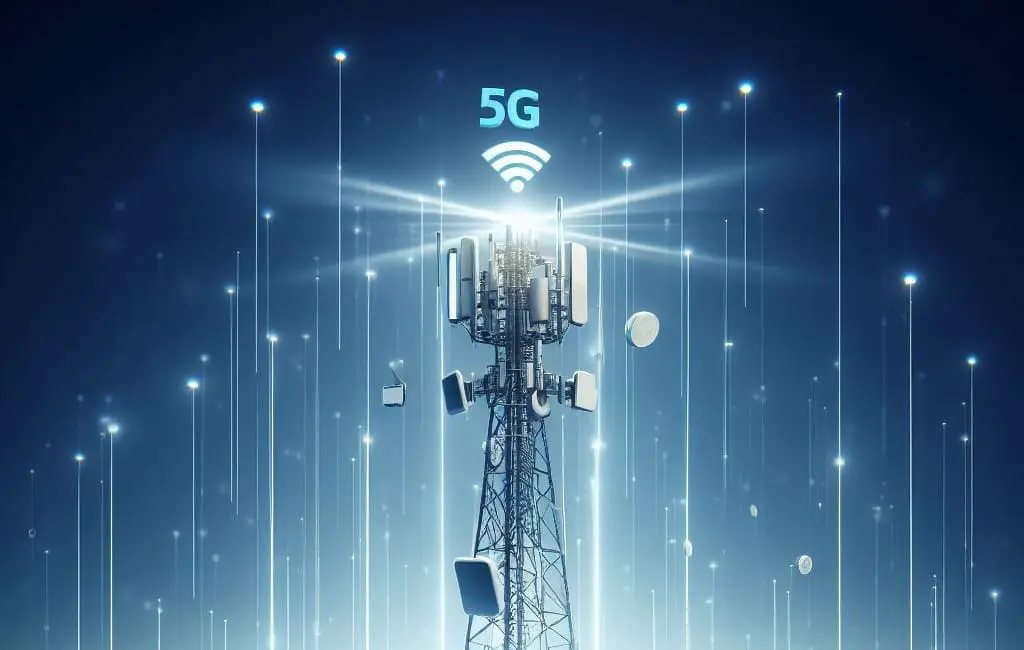There’s a lot of buzz around 5G these days. And why shouldn’t there be? After all, it’s not just about faster mobile data. 5G is set to revolutionize our world with applications and use cases beyond mobile.
5G, the fifth-generation wireless technology, promises lightning-fast speeds, low latency, and massive device connectivity. These advanced capabilities have huge potential for industries such as the following:
| Sector | 5G Applications |
|---|---|
| Healthcare | Remote Surgeries, Telediagnosis, Wearable Health Monitors |
| Transportation | Autonomous Vehicles, Smart Traffic Management |
| Industrial Automation | Smart Factories, IoT Device Integration |
| Agriculture | Precision Farming, Automated Irrigation Systems |
| Entertainment | AR & VR, Live Streaming |
| Smart Cities | Infrastructure Monitoring, Public Safety |
| Energy & Utilities | Smart Grids, Remote Monitoring of Renewables |
| Retail | Augmented Shopping, Supply Chain Efficiency |
| Real Estate | Smart Buildings |
| Education | Virtual Classrooms, Global Collaboration |
In this article, I’ll dive into some fascinating 5G use cases and applications that will reshape our future.
Overview of 5G Technology
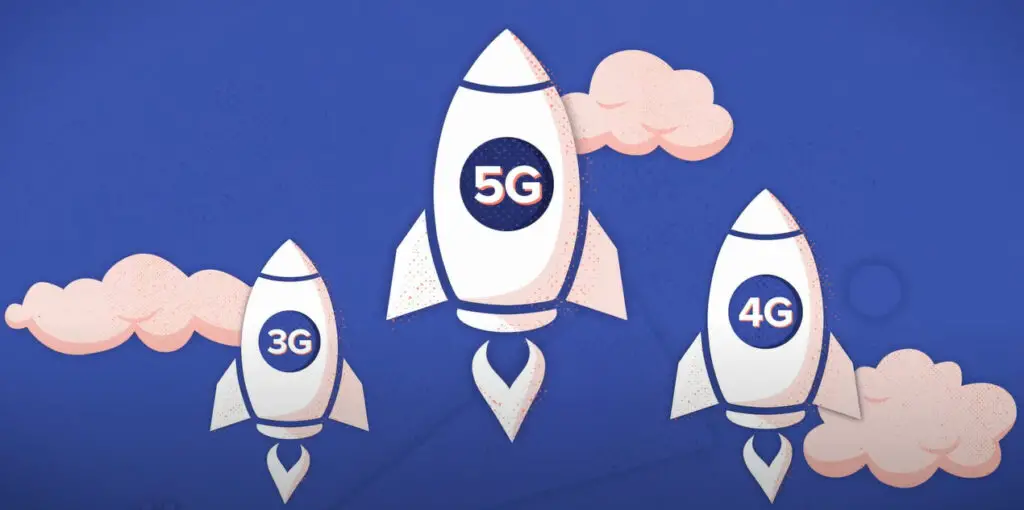
At its core, 5G stands for “fifth generation” and is the latest wireless networking technology evolution. The speed? Lighting fast! We’re talking about potential speeds up to 100 times faster than 4G.
Imagine downloading an entire HD movie in seconds – that’s what we’re dealing with here.
Understanding 5G Capabilities
It’s hard to miss the buzz around this game-changing technology.
- 5G promises extremely high data speeds. We’re talking about gigabit-level speeds allowing you to download a full-length HD movie in seconds rather than minutes or hours! This lightning-fast speed will open up new possibilities for streaming services, gaming industries, virtual reality experiences, and more.
- Low latency. Latency refers to the delay before a data transfer begins following an instruction for its transfer. In layman’s terms, it’s how long your device takes to respond to a command from another device or server. With 5G, response times are expected to be around one millisecond – almost instantaneous!
- Massive device connectivity. It means not only can more devices connect at once without slowing down performance, but also they can communicate with each other seamlessly in real-time scenarios like never before.
- Energy efficiency. The good news is that the energy consumption per bit transferred in a 5G network could be substantially lower than in previous generations, meaning longer battery life for devices connected via this network.
Healthcare
Let’s dive right into how 5G is revolutionizing healthcare. It’s becoming a game-changer with innovative applications such as remote surgeries, telediagnosis, and wearable health monitors.
Remote Surgeries and Telediagnosis
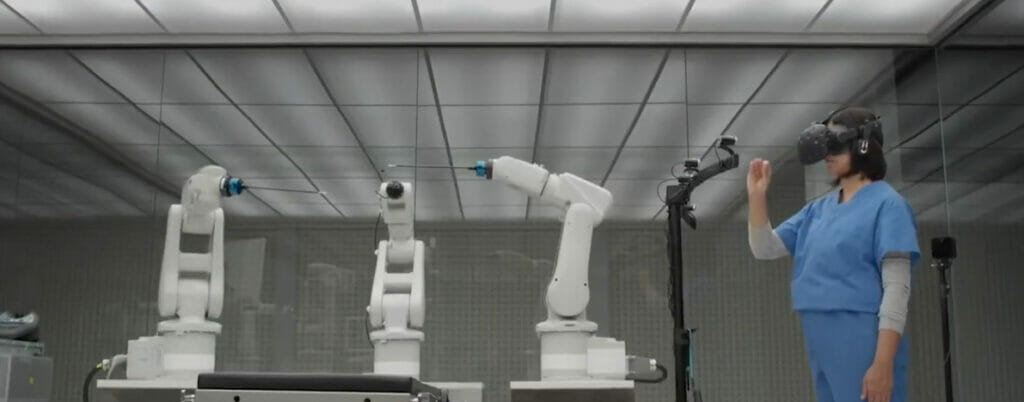
Imagine a world where geographical barriers no longer hamper medical treatment. With the power of 5G, we’re seeing this become a reality through the advent of remote surgeries and telediagnosis.
- Surgeons can now perform intricate procedures from miles away with robotic arms, thanks to 5G’s ultra-low latency. This isn’t science fiction anymore – it’s happening right now.
- Telediagnosis is another fantastic use case in the healthcare sector. Doctors can analyze high-resolution images or live video feeds remotely in real-time due to 5G’s lightning-fast speeds.
Wearable Health Monitors
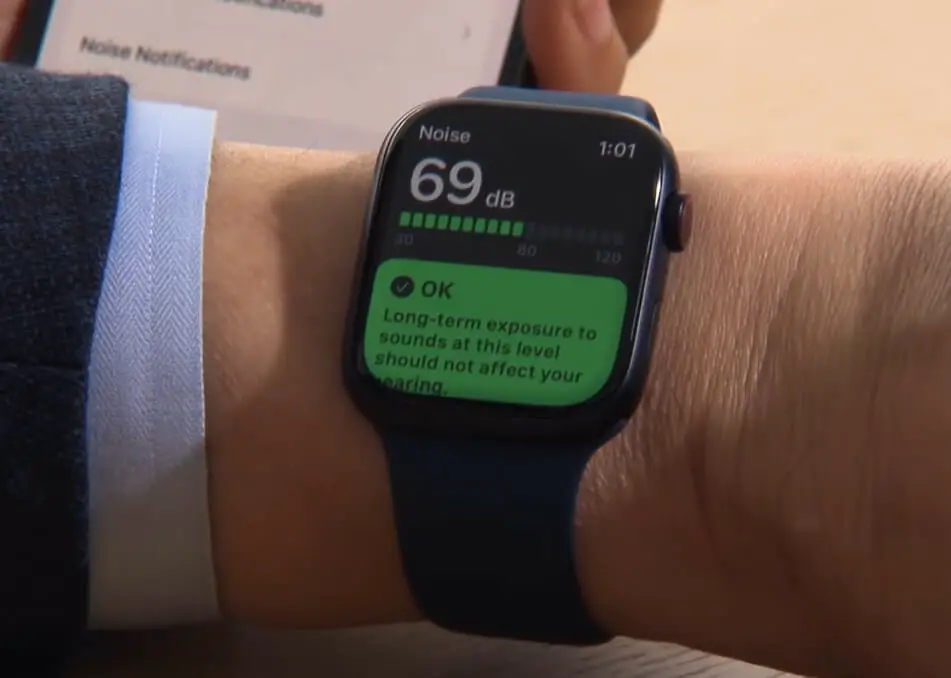
Remember when we had to visit clinics for regular check-ups? Well, those days might be numbered!
- Wearable sensors can relay critical health metrics directly to your doctor via a 5G network. We’re talking about parameters like heart rate, blood pressure levels – you name it! These devices can detect abnormalities faster than ever because they continuously monitor your vitals.
- With real-time data transmission made possible by 5G networks, immediate intervention becomes feasible if anything goes awry!
Transportation and Automotive
Autonomous vehicles and smart traffic management systems are changing our roads right before our eyes.
Autonomous Vehicles

- Autonomous vehicles – we’re talkin’ self-driving cars here – are no longer the stuff of sci-fi movies. As I speak, they’re cruising down our streets, and 5G is their fuel.
- These tech-driven chariots rely heavily on real-time data transmission for everything from navigation to collision avoidance. And with 5G’s super-fast speeds (up to 100 times faster than 4G), these vehicles can process this information in a blink of an eye.
Smart Traffic Management
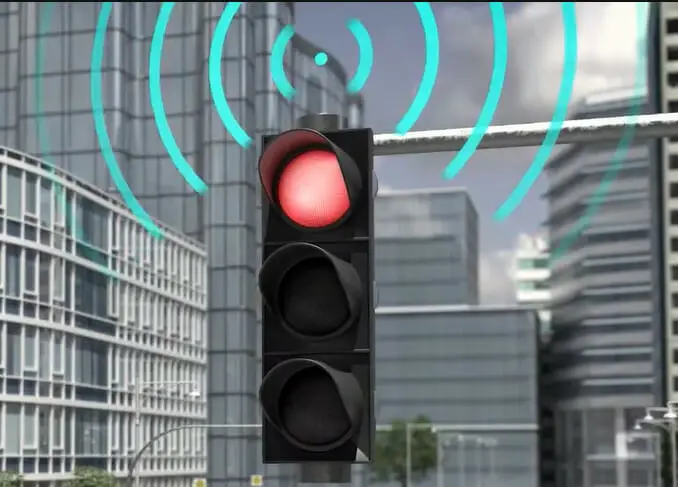
It’s not just about the cars themselves; it’s also about how they interact with our cities’ infrastructures. That’s where smart traffic management comes into play.
- Imagine having intelligent traffic lights that adapt their cycles based on real-time congestion data or digital signs warning drivers of upcoming hazards before they even appear in sight – sounds like something out of a utopian future movie? Well, this is already becoming a reality!
Industrial Automation and IoT
Let me tell you, the future of industry is here, and it’s got everything to do with 5G. We’re discussing a marriage between Industrial Automation and the Internet of Things (IoT) that profoundly changes how we manufacture, process, and deliver goods.
Smart Factories
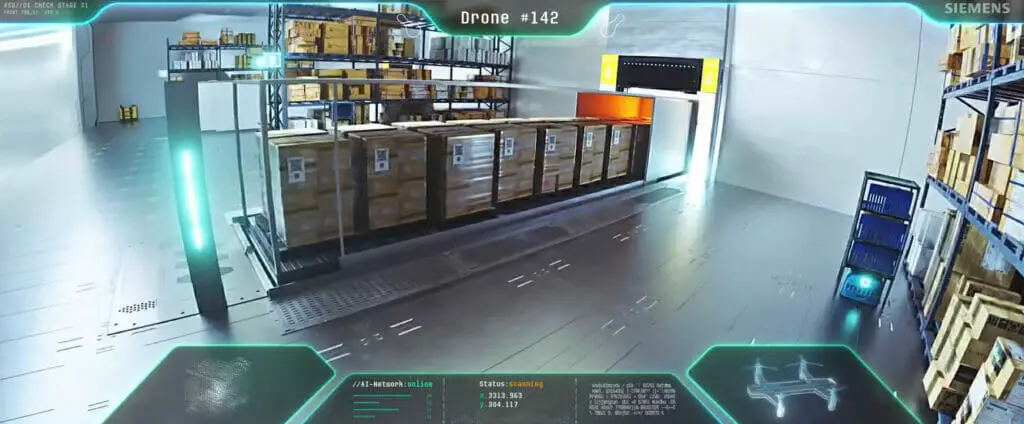
Ever heard of ‘Smart Factories’? Well, they’re not just sci-fi anymore. These tech-savvy production houses use connected devices paired with 5G networks to streamline processes like never before.
- The Siemens Electronic Works factory in Amberg, Germany. They’ve integrated a high-speed 5G network communicating real-time data from their machines to their operators. It’s resulted in an impressive 99% product quality rate!
IoT Device Integration
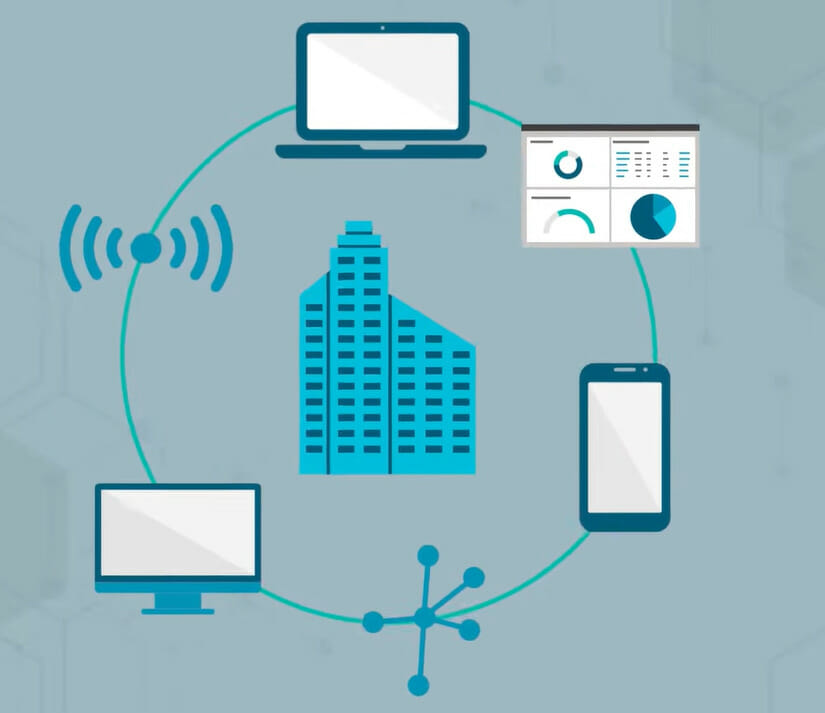
Now, let’s talk about another game changer – IoT device integration. Picture thousands of sensors spread across an industrial site, all communicating simultaneously without lag. That’s what we’re looking at!
- With 5G, these devices can transmit massive amounts of data in real-time, leading to better decision-making and efficiency improvements.
- For instance, GE Aviation has installed thousands of sensors on aircraft engines that collect performance data, allowing them to predict maintenance needs ahead of time.
Agriculture and Farming
Let’s dive right into the heart of rural life – agriculture and farming. Now, you might be wondering, what does 5G have to do with fields of corn and dairy cows? The answer is – a lot! 5G is set to revolutionize these sectors in ways we’ve only dreamed about before.
Precision Farming
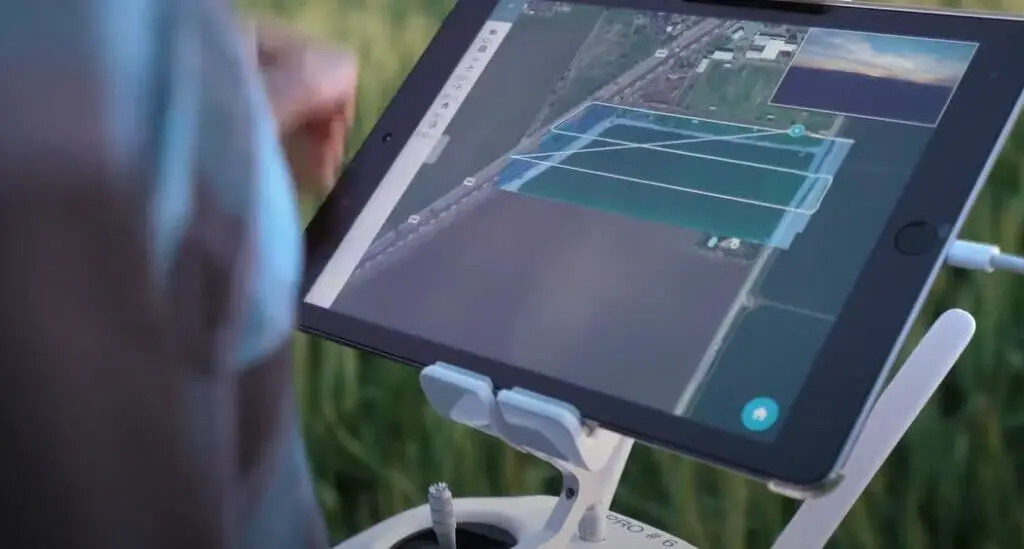
Precision farming uses technology to fine-tune crop management for those unaware. I’m talking about controlling how much water each plant gets or pinpointing exactly where fertilizer should go.
- Imagine drones buzzing over fields, capturing high-resolution images that can detect pests or diseases early on.
- GPS-guided machinery that can work day and night, optimizing productivity while reducing labor costs.
- And since all this information could be processed in real-time thanks to 5G’s low latency, farmers can make quick decisions that could significantly affect their yield.
Automated Irrigation Systems
Next up are Automated Irrigation Systems powered by 5G tech. Water conservation has never been more critical than it is today.

- These systems can automatically adjust how much water they release using sensors that measure soil moisture levels and weather conditions. That means healthier crops with less waste – a win-win for farmers and the environment!
- With 5G ensuring seamless real-time communication between sensors and sprinklers, automated irrigation systems become even more efficient at conserving precious resources while maximizing crop growth.
Entertainment and Media
The 5G revolution is a game-changer in the entertainment and media industry. It’s not just about faster download speeds; it’s about transforming how we consume and interact with media content.
Augmented and Virtual Reality (AR & VR)
Augmented Reality (AR) and Virtual Reality (VR) are two technologies poised to exploit 5G connectivity fully. With its low latency and high-speed capabilities, 5G has the potential to make AR and VR experiences more immersive than ever before.
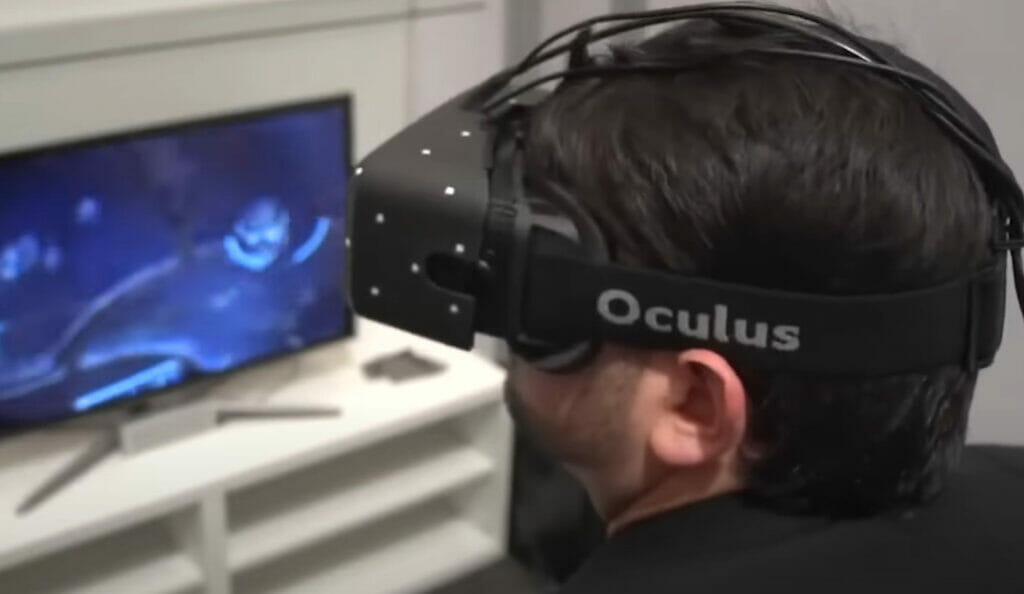
- Imagine playing a VR game where every movement is instantaneously mirrored in your virtual environment without perceptible lag.
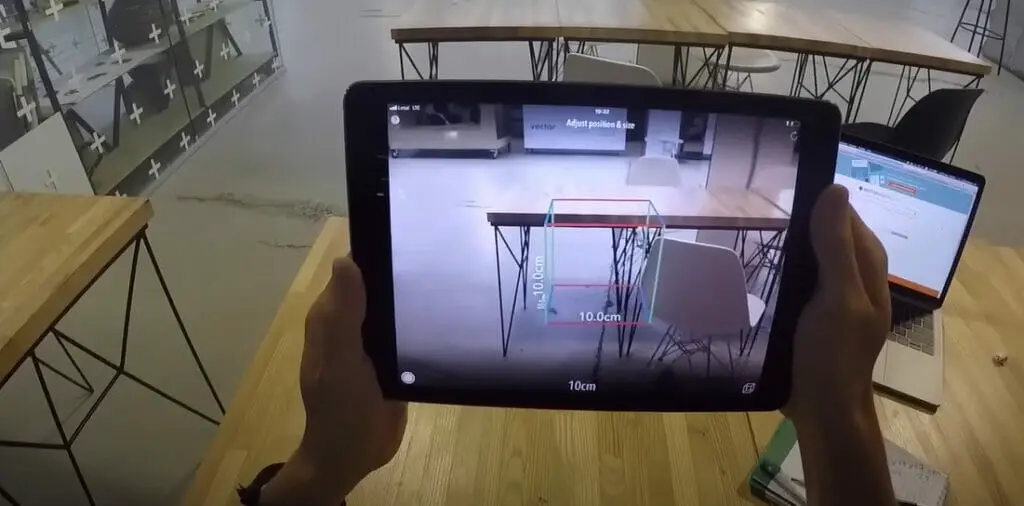
- Use an AR app on your phone that overlays digital data onto the real world around you in real time.
Live Streaming and Broadcasting

Now, let’s talk about live streaming and broadcasting. It’s no secret that people love watching live events from their devices – sports, music concerts, or breaking news stories.
Smart Cities
Let’s dive into a future where cities are smarter, more efficient, and surprisingly self-sufficient. Urban hubs that use 5G technology to monitor infrastructure and respond to public safety emergencies.
Infrastructure Monitoring
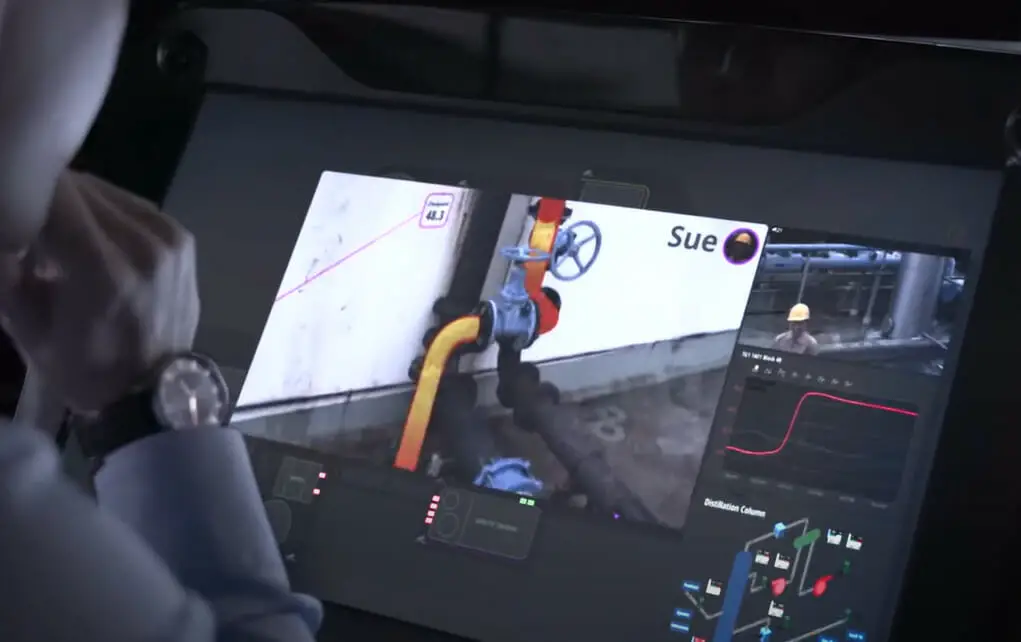
Imagine a city where the infrastructure talks back. It’s not science fiction—it’s a reality with 5G!
- With high-speed data transmission, sensors placed on bridges, roads, and buildings can provide real-time information about their health. This means we can identify potential problems early instead of waiting for them to become catastrophes.
Public Safety and Emergency Response
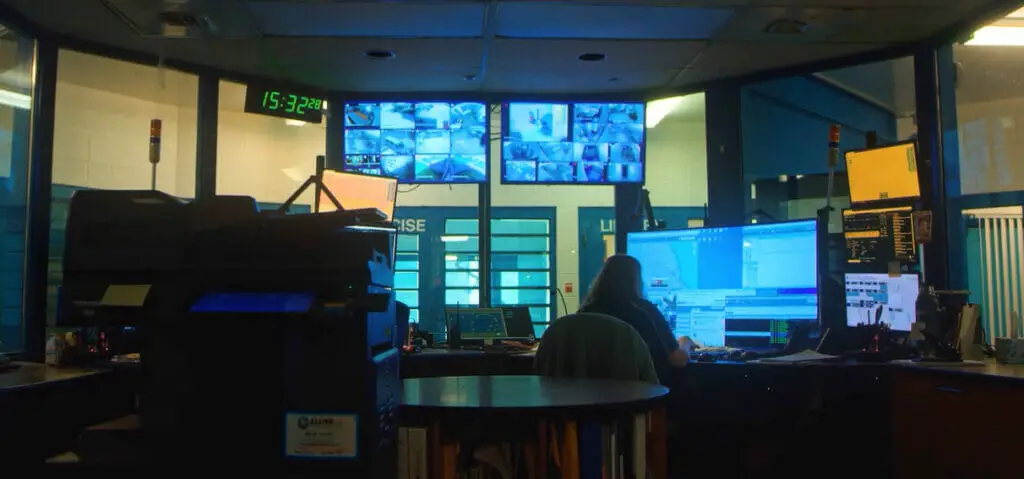
Safety is paramount in our cities – we all agree on it. Well, 5G is stepping up in this department, too!
- Consider emergency services like fire departments or ambulance crews—they’re using drones equipped with 5G technology to get real-time visuals from disaster sites before they even arrive at the scene! This saves crucial minutes, which could be the difference between life and death.
Energy and Utilities
It’s a game changer for industries across the board, especially in energy and utilities. With its high-speed connectivity and low latency features, 5G can significantly revolutionize these sectors’ operations.
Smart Grids
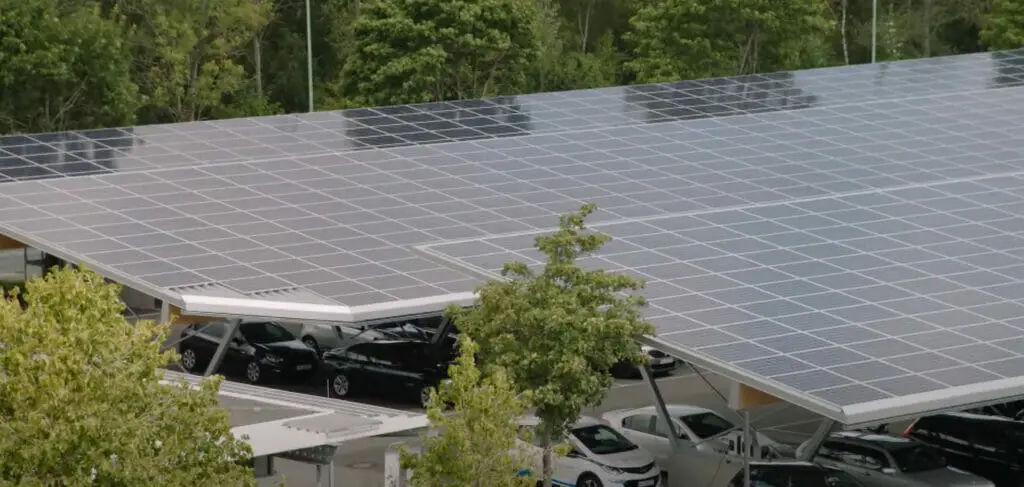
One major application of 5G is in smart grids. These electricity supply networks use digital communications technology to monitor and manage energy flow. They’re designed to improve efficiency, reduce energy consumption, and cut costs.
- Smart grids rely on sensors spread across various points – from generation plants to consumer homes. These sensors collect real-time data about power usage, effectively balancing demand with supply.
- This means utility companies can identify and fix problems faster than ever before – preventing blackouts or other disruptions in service.
- They’ll have more precise control over the electricity distribution, which could lead to less waste overall!
Remote Monitoring of Renewable Energy Sources
Another exciting potential for 5G lies in the remote monitoring of renewable energy sources like wind farms or solar panels.
- Deploying a 5G network will allow operators to access real-time performance metrics remotely – despite being miles away from the site!
- This capability improves operational efficiency and makes maintenance safer by reducing the need for technicians to visit difficult-to-reach sites regularly.
Retail
Stepping into the retail space of tomorrow, we see a blend of cutting-edge technology and age-old consumer desires.
With 5G at the helm, retailers are reshaping the shopping landscape, offering enhanced experiences that not only meet but anticipate the needs of their customers.
Augmented Shopping

Retail therapy gets a futuristic touch.
- Customers can experience virtual try-ons, get real-time product information, and even receive personalized advertisements as they walk through a store, thanks to 5G.
Supply Chain Efficiency
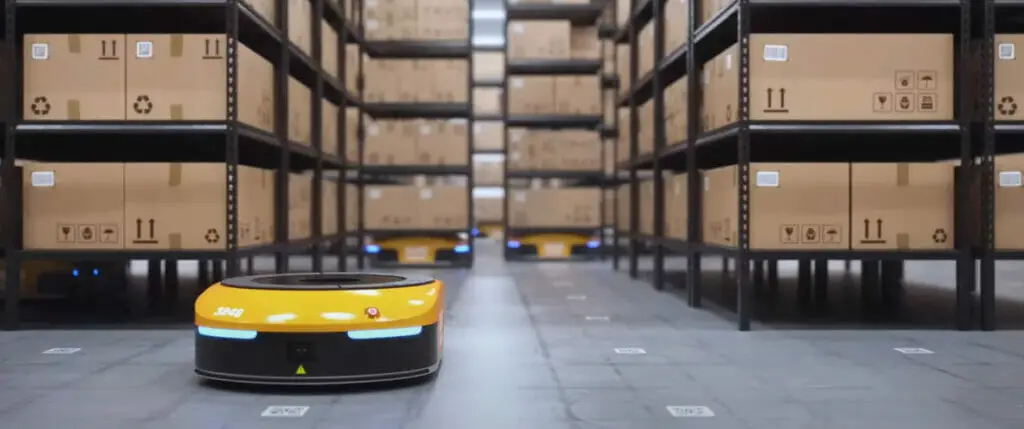
Behind the scenes, the efficiency of retail operations is equally crucial.
- 5G’s connectivity is setting a new pace, allowing retailers to stay steps ahead in inventory management and delivery.
Real Estate
Modern living and working spaces are no longer just about location. The way technology integrates and improves our buildings is rapidly becoming paramount.
With 5G powering our infrastructures, the future of real estate is smart, responsive, and sustainable.
Smart Buildings
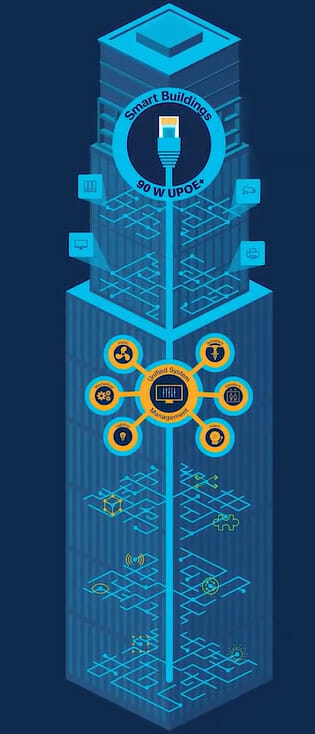
Here’s where the future feels tangible.
- With 5G powering sensors and IoT devices in buildings, user experiences get a significant uplift. Not only can these devices provide real-time feedback, but they can also optimize energy use, making buildings smarter and more sustainable.
Education
The classroom walls are expanding. Education, now more than ever, is a global venture, and 5G is helping to bridge the gaps, bringing interactive and comprehensive learning experiences to screens worldwide.
Virtual Classrooms

- When it comes to online education, it’s a game changer. We’re talking about interactive, immersive experiences that can make distance learning feel incredibly tactile and engaged.
Global Collaboration

- The enhanced speeds and instant connectivity of 5G mean real-time collaborations become seamless. Students and educators worldwide can effectively collaborate as if they were in the same room.
Challenges and Considerations
Venturing into the next generation of connectivity, 5G is painting a promising picture for the future. But like any major innovation, it’s not without its speed bumps. Let’s delve into the challenges that come hand-in-hand with this technological leap.
- Infrastructure deployment. We’re talking about a technology that demands high-frequency bands to function optimally; providers must install small cell sites every few hundred meters. Now, that’s a significant undertaking! Not only is it time-consuming, but also costly.
- Energy consumption. Did you know that 5G networks consume almost three times more energy than their 4G counterparts? That’s right. This could lead to increased operational costs for service providers, who may pass these expenses on to consumers.
- Security concerns either. With increased connectivity comes an elevated risk of cyber-attacks and data breaches. Industry stakeholders must invest in advanced security measures to navigate this new 5G landscape.
- Global Coverage. There are still many areas globally where even 4G connectivity remains sporadic or non-existent. Achieving widespread global coverage with 5G will certainly be no easy task.
Frequently Asked Questions
- What is the difference between 4G and 5G?
- 5G is the fifth generation of mobile networks, promising faster data download and upload speeds, wider coverage, and more stable connections than 4G.
- Is 5G available everywhere now?
- 5G is being rolled out in stages and might be available in certain urban areas. Coverage will expand over time.
- Do I need a new phone to use 5G?
- You’ll need a 5G-compatible device for the new network speeds and features.
- Will 5G replace Wi-Fi?
- While 5G offers faster internet speeds, it’s not expected to replace Wi-Fi. Instead, they’ll likely work together to provide seamless connectivity.
- Will my 4G device stop working once 5G is everywhere?
- No, mobile operators will continue to support 4G alongside 5G for the foreseeable future.
- Are there costs associated with upgrading to 5G?
- Upgrading to 5G may require purchasing a compatible device and might come with higher data plan costs, depending on the service provider.
References
Website Resources:
- GSMA. https://www.gsma.com/
- CTIA. https://www.ctia.org/
- ITU (International Telecommunication Union). https://www.itu.int/
- IEEE Xplore Digital Library. https://ieeexplore.ieee.org/Xplore/home.jsp
- Qualcomm’s 5G page. https://www.qualcomm.com/research/5g
Video References:
CNET
JianHao Tan
airtel India
CISCO
Dell Technologies
Dries Buytaert
CNBC International TV
Think Media
DW Shift
The Medical Futurist
CBS Sunday Morning
NBC News
Ford News Europe
Siemens Knowledge Hub
Eye on Tech
Geospatial World
CNET

